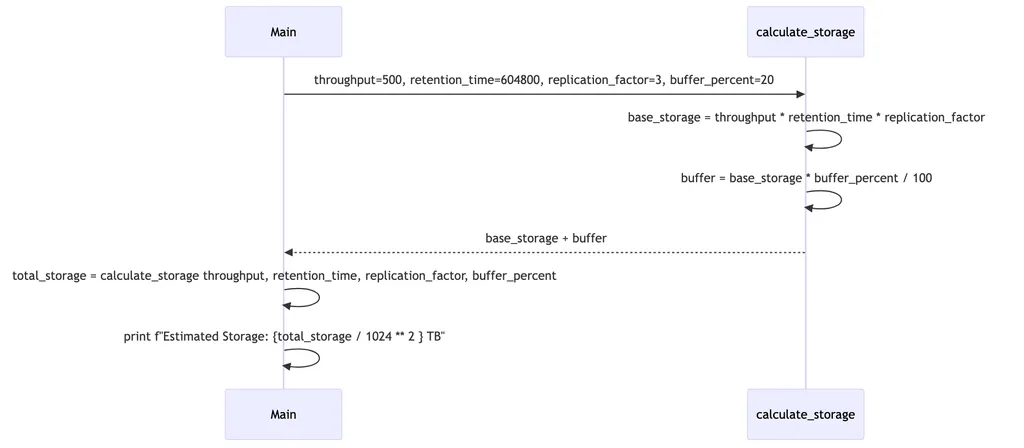In the rapidly evolving landscape of electrical machines, a recent review published in the journal *Control and Intelligent Technology* (Kongzhi Yu Xinxi Jishu) sheds light on critical advancements in fault diagnosis and fault-tolerant control for permanent magnet electrical machines (PMEM). These machines are increasingly favored in safety-critical applications such as rail transit, electric vehicles, and wind power generation, where reliability is paramount. The review, led by KE Siqin, delves into the latest developments in condition monitoring, fault diagnosis techniques (CMFD), and fault-tolerant control, offering insights that could significantly impact the energy sector.
PMEM’s unique design, featuring rotating permanent magnets, presents a challenge: damage to the machine can persist even when the stator is disconnected from the power line. This inherent vulnerability underscores the importance of robust condition monitoring and fault diagnosis. KE Siqin’s review highlights recent reports on CMFD for PMEM, with a particular focus on diagnosing faults such as rotor demagnetization, stator inter-turn short circuits, and eccentricity. “The presence of rotating permanent magnets means that once a fault occurs, it can continue to cause damage even if the machine is disconnected from the power source,” explains KE Siqin. “This makes early detection and effective fault management crucial for ensuring system safety and longevity.”
The review also explores fault-tolerant control strategies and fault diagnosis under non-stationary conditions, areas that are gaining traction in the field. KE Siqin points to prognosis and health management as the next frontier in PMEM research, suggesting that future developments will likely focus on predictive maintenance and real-time health monitoring. “As we move towards more integrated and autonomous systems, the ability to predict and mitigate faults before they cause significant damage will be a game-changer,” KE Siqin notes.
The implications for the energy sector are profound. As the demand for reliable and efficient electrical machines grows, particularly in renewable energy and electric transportation, the insights from this review could drive innovations in fault management and system design. By enhancing the reliability of PMEM, the energy sector can achieve more stable and efficient operations, ultimately reducing downtime and maintenance costs.
KE Siqin’s work not only highlights the current state of the art in PMEM fault diagnosis and control but also sets the stage for future advancements. As the field continues to evolve, the integration of advanced diagnostic tools and fault-tolerant strategies will be key to unlocking the full potential of PMEM in critical applications. For professionals in the energy sector, this research offers a roadmap for improving system reliability and efficiency, paving the way for a more resilient and sustainable energy future.

